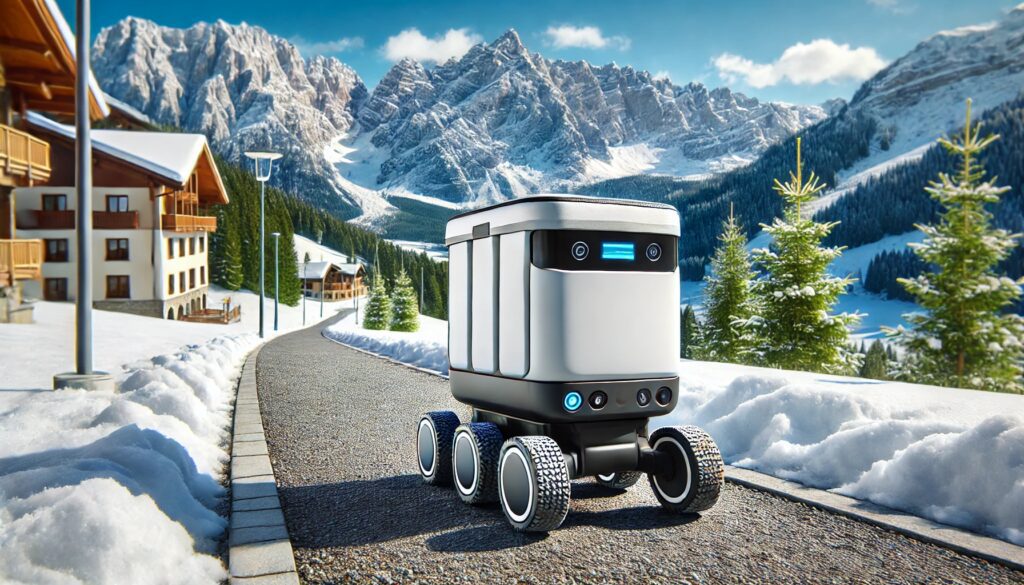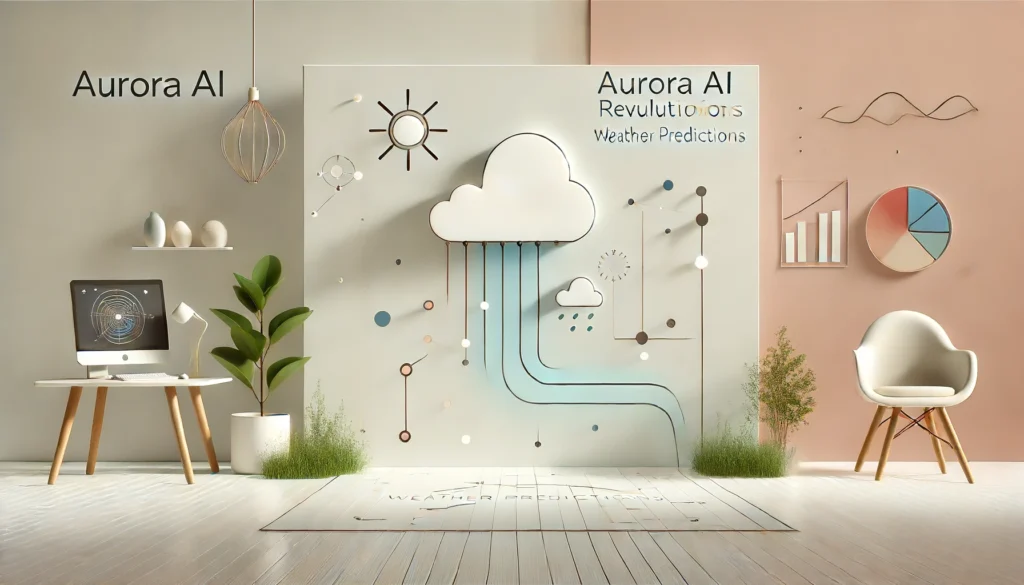
Delivery robots have evolved dramatically, transforming how goods are delivered to our doorsteps. These marvels of modern technology are now a common sight, efficiently handling last-mile deliveries. Using advanced sensors and AI, these robots navigate autonomously, avoiding obstacles and ensuring that your packages arrive safely and on time.
Advanced Navigation and AI: The Brains Behind the Bots
Cutting-Edge Technology
Delivery robots employ a suite of sophisticated technologies such as Lidar, machine vision, and autonomous navigation systems. These innovations enable precise route planning and effective obstacle avoidance, ensuring that robots can navigate complex urban environments with ease. Robots like Ottonomy’s Ottobots and Postmates’ Serve are prime examples, adeptly maneuvering through bustling city streets and crowded sidewalks.
Autonomous Efficiency
With autonomous systems, delivery robots can make real-time decisions, adjusting routes and speeds as necessary. This level of autonomy significantly enhances the efficiency and reliability of deliveries, making these robots indispensable in modern logistics.

How Do They Work and Perform Tasks?
Navigation and Environment Mapping
Delivery robots use a combination of GPS, Lidar, and cameras to create detailed maps of their surroundings. They continuously scan the environment to detect obstacles such as pedestrians, vehicles, and street furniture. Lidar technology helps in measuring distances by emitting laser pulses and analyzing the reflected signals. This allows the robot to navigate complex terrains and adjust its path dynamically to avoid collisions.
Route Planning
Once the robot has a clear map of its environment, it uses advanced algorithms to plan the most efficient route to its destination. These algorithms consider various factors such as traffic, pedestrian density, and potential obstacles. The robot’s AI can make on-the-fly adjustments to the route, ensuring timely and efficient deliveries even in unpredictable urban settings.
Task Execution
Upon reaching its destination, the robot performs the task of delivering the package. Depending on the robot’s design, it might require the recipient to enter a code to unlock the delivery compartment. Some advanced models can communicate with smart home systems to place packages inside secured areas, like garages or designated drop-off points, enhancing security and convenience.
Communication and Updates
Delivery robots are equipped with communication systems that allow them to send real-time updates to customers. These updates can include estimated arrival times, notifications upon arrival, and confirmation of delivery. This constant communication helps in building trust and provides a seamless delivery experience for users.
Integration with Smart Home Systems: Seamless Deliveries
Smart Home Synergy
Some delivery robots are now capable of interacting with smart home devices, creating a seamless delivery experience. These robots can provide real-time updates to homeowners, enhancing security by monitoring deliveries, and even unlocking doors to safely place packages inside. This integration ensures that deliveries are not only timely but also secure.
Micro-Fulfillment Centers: Speed and Flexibility
Mini-Warehouses for Maximum Efficiency
To further streamline the delivery process, companies are establishing micro-fulfillment centers close to customer locations. These automated mini-warehouses allow for faster, more flexible deliveries, drastically cutting down the time and costs associated with traditional warehousing. This proximity to end-users ensures that delivery robots can operate more efficiently, meeting customer demands with speed and precision.
Safety and Social Acceptance: Building Trust
Enhanced Safety Features
Safety is a top priority for delivery robots. Equipped with cameras and sensors, these robots can navigate safely around pedestrians and vehicles. Continuous improvements are being made to enhance these safety features, ensuring that robots can coexist harmoniously with humans in public spaces.
Gaining Social Acceptance
Efforts are also being made to address concerns about privacy, job displacement, and the interaction of robots in public spaces. By tackling these issues head-on, companies aim to build trust and acceptance, paving the way for wider adoption of delivery robots.
Challenges: Overcoming Obstacles
Maintenance Costs
One of the significant challenges is the high cost of maintaining and repairing delivery robots. However, as technology advances and economies of scale come into play, these costs are expected to decrease, making robots more accessible to a broader range of businesses.
Regulatory and Technical Barriers
Delivery robots must navigate a complex web of local regulations, which can vary significantly between regions. Additionally, they face technical challenges in navigating urban environments and integrating with other smart systems. Continuous improvements and regulatory adaptations are essential to overcome these barriers.
Latest News and Developments
Starship Technologies’ Expansion
Starship Technologies recently raised $90 million to expand its autonomous delivery robot services globally. With over six million deliveries completed, Starship is enhancing its operations in various countries, including the US, UK, and Germany. This funding will help improve their AI capabilities and wireless charging infrastructure, aiming to provide more efficient and sustainable last-mile delivery solutions (Electrek).
Uber Eats and Cartken Partnership
Uber Eats has partnered with Cartken to launch a new delivery service using autonomous sidewalk robots in Japan. This initiative aims to improve delivery efficiency and reduce environmental impact by utilizing autonomous robots for local deliveries. The robots can navigate sidewalks and interact with customers seamlessly, offering a new level of convenience for food deliveries (TechCrunch).
Japan’s Humble and Lovable Robots
Japan is rolling out delivery robots like Panasonic’s “Hakobo,” designed to autonomously navigate and deliver goods while interacting charmingly with customers. These robots are being tested in various applications, from delivering medicine to selling snacks, and are part of Japan’s broader strategy to integrate robotics into everyday life. Despite challenges, such as ensuring safe navigation and protecting jobs, the gradual adoption of these robots shows promise for enhancing urban and rural delivery services (Tech Xplore).
Future Trends: What’s Next ?
Increased Autonomy and Customization
Looking ahead, delivery robots are expected to become even more autonomous and customizable, offering tailored delivery experiences based on individual customer preferences. This could include personalized delivery windows and preferred drop-off locations, enhancing convenience for consumers.
Expansion into New Markets
Delivery robots are poised to expand beyond traditional sectors like food and package delivery. They are expected to make significant inroads into new markets such as healthcare and retail, leveraging their ability to provide fast, efficient, and contactless delivery services.
FAQ
Q1: What technologies do delivery robots use to navigate?
A1: Delivery robots use a combination of GPS, Lidar, and cameras to create detailed maps of their surroundings. Lidar technology helps measure distances and detect obstacles, enabling precise navigation through complex environments.
Q2: How do delivery robots plan their routes?
A2: They use advanced algorithms to plan the most efficient routes. These algorithms consider traffic, pedestrian density, and potential obstacles, making real-time adjustments to ensure timely and efficient deliveries.
Q3: Can delivery robots interact with smart home systems?
A3: Yes, some delivery robots can interact with smart home devices. They can provide real-time updates, monitor deliveries, and even unlock doors to place packages inside securely.
Q4: What are micro-fulfillment centers, and how do they benefit delivery robots?
A4: Micro-fulfillment centers are automated mini-warehouses located close to customer locations. They allow for faster and more flexible deliveries by reducing the time and costs associated with traditional warehousing.
Q5: What safety features do delivery robots have?
A5: Robots are equipped with cameras and sensors to navigate safely around pedestrians and vehicles. Continuous improvements are being made to enhance these safety features, ensuring safe interaction with humans in public spaces.
Q6: What challenges do delivery robots face?
A6: Delivery robots face challenges such as high maintenance costs, regulatory hurdles, and technical difficulties in navigating urban environments. However, advancements in technology and regulatory adaptations are helping to overcome these obstacles.
Q7: How are delivery robots expected to evolve in the future?
A7: Future robots will likely become more autonomous and customizable, offering personalized delivery experiences. They are also expected to expand into new markets like healthcare and retail, providing fast, efficient, and contactless delivery services.
Conclusion
In summary, delivery robots are revolutionizing last-mile logistics with their advanced, efficient, and customizable delivery solutions. While challenges remain, ongoing technological advancements promise a future where these robots become an integral part of everyday logistics and consumer experiences. As we embrace these innovations, we can look forward to a world where deliveries are not just faster and more efficient, but also smarter and more secure.
For more information on the latest advancements, check out the sources below:





